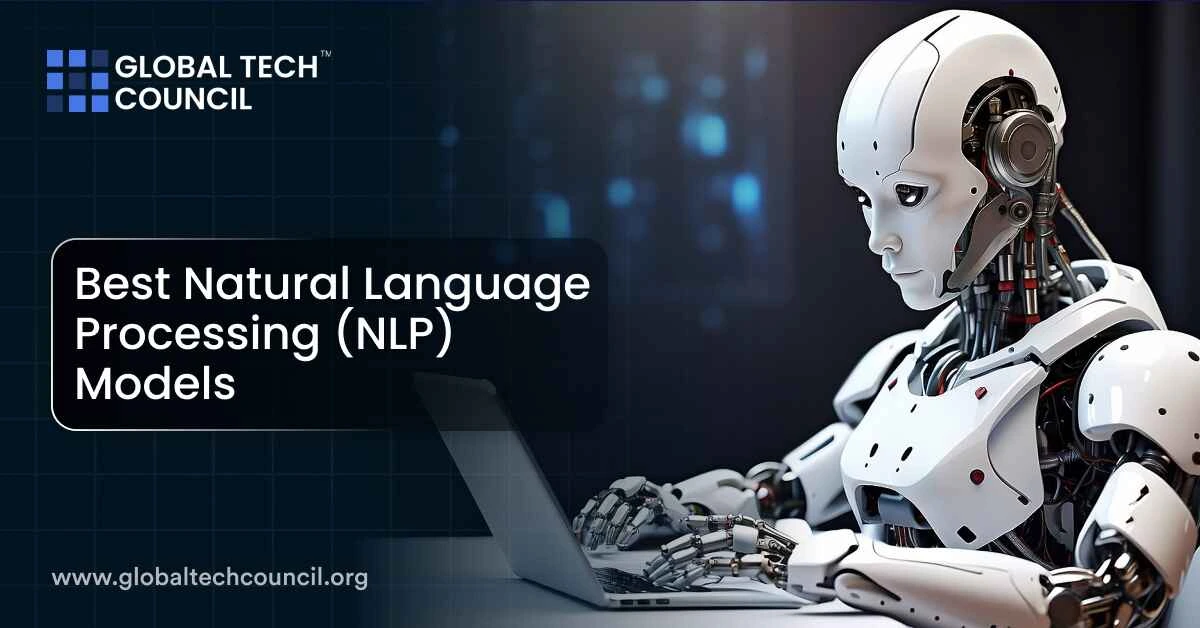
Natural Language Processing (NLP) has reshaped how computers interpret and generate responses to human language. Over recent years, NLP has produced models adept at performing a variety of tasks—from text creation to intricate reasoning.
NLP Models and the Latest Trends
Modern NLP models, especially large language models (LLMs), have led major developments in artificial intelligence. These models rely on methods like machine learning and neural networks to understand human language patterns. Early models, such as BERT and GPT, set the groundwork, but today’s versions are far more advanced, capable of handling complex language tasks and multi-modal functions.
The recent NLP models fall into a few main types: autoregressive (like the GPT series), masked language (like BERT), and encoder-decoder models (like T5). Each category has models designed to excel in specific areas, like text classification, answering questions, or summarization. Below, we’ll break down some top models from each category, focusing on their latest improvements and benchmark performances.
Leading NLP Models
1. Llama 3.1 by Meta
Meta’s Llama 3.1, launched in 2024, has gained attention as an open-source model known for versatility across languages and contexts. Especially its larger 405-billion parameter version, Llama 3.1, scores highly on benchmarks like MMLU (88.6%), GSM8K (96.8%), and HumanEval (89%) for coding-related tasks. With its open-source nature, developers can use it locally without third-party services—a rare feature among leading models. Meta has also included safety tools, such as Llama Guard 3, to screen out inappropriate responses, emphasizing the model’s ethical considerations in AI.
2. Gemini 1.5 Pro by Google
Google introduced Gemini 1.5 Pro to the public in 2024, pushing forward both multi-modal and long-context processing. This model processes a range of input types—text, images, audio—ideal for multimedia applications. Gemini 1.5 Pro’s extended context window can handle up to 2 million tokens, enabling it to process lengthy documents or hours of audio. This feature makes it unique among language models. Gemini 1.5 Pro scores highly on benchmark tests, achieving 91.7% on MMLU and 73.2% on visual question answering tasks. Its specialized architecture activates specific pathways based on input type, improving both resource efficiency and response accuracy.
3. Grok-2 by xAI
Grok-2, developed by Elon Musk’s AI company xAI, is designed for a range of language tasks, focusing on advanced processing power and user-friendliness. Released in 2024, Grok-2 shines in tasks involving deep reasoning and contextual comprehension. Its architecture supports adaptive learning, making it useful in areas like healthcare and finance that require up-to-date information. While Grok-2 is not open-source, its compatibility with enterprise environments allows secure, scalable solutions.
4. RoBERTa and Its Variants
An optimized iteration of BERT, RoBERTa remains a top choice because of its efficient training process and improved data handling. Trained on a broader dataset and using enhanced preprocessing methods, RoBERTa performs well in understanding contextual nuances, crucial for tasks like classification and sentiment analysis. Multilingual versions, like XLM-RoBERTa, support cross-language applications, making RoBERTa suitable for global initiatives.
5. T5 (Text-to-Text Transfer Transformer)
Google’s T5 model stands out with its unified text-to-text framework, turning all NLP tasks into text generation challenges. T5 handles tasks like translation, summarization, and question answering with ease. Its large transformer-based design also manages lengthy texts efficiently, making it ideal for content-heavy projects like document summarization. T5’s adaptability through fine-tuning for various tasks makes it highly reliable for research and commercial applications alike.
Specialized Models for Specific Needs
Beyond the general-purpose models, a few specialized NLP models focus on particular fields or tasks:
- DeBERTa (Decoding-enhanced BERT with Disentangled Attention): DeBERTa uses a unique attention mechanism, enhancing its ability to grasp contextual meaning, making it highly effective for sentiment analysis and text classification.
- DistilBERT: As a smaller version of BERT, DistilBERT offers similar capabilities but requires fewer resources, ideal for mobile or resource-limited applications.
- Flair: Known for named entity recognition (NER) and sentiment analysis, Flair combines neural networks with pre-trained embeddings, offering flexibility for tuning to specific language needs.
Evaluation and Benchmarking
Benchmarking tests like MMLU, HumanEval, and GSM8K play a critical role in evaluating model performance across various NLP tasks. These tests cover a broad spectrum, from coding tasks to academic reasoning. In 2024, models like Llama 3.1 and Gemini 1.5 Pro scored impressively on MMLU and HumanEval, showcasing their ability to tackle complex challenges. Recently, models have been tested on long-context tasks, which are especially valuable for applications requiring sustained analysis, such as document processing and code generation.
Ethical Considerations in NLP Models
As NLP models become more advanced, ethical considerations have also gained importance. Models like Llama 3.1 and Gemini 1.5 Pro include features to screen harmful content and minimize biases. Such tools help developers address concerns related to generating harmful or biased language. For instance, Llama 3.1 uses Prompt Guard to prevent inappropriate responses. Meanwhile, Grok-2’s setup within enterprise systems emphasizes secure handling of data, an attractive feature for industries needing compliance with strict privacy standards.
Conclusion
The advancements in NLP highlight the field’s ongoing evolution. These models are not just pushing technical boundaries; they also include ethical safeguards to promote responsible AI use. For anyone interested in NLP, understanding these models’ benefits and applications can inspire the development of fresh, language-focused solutions.